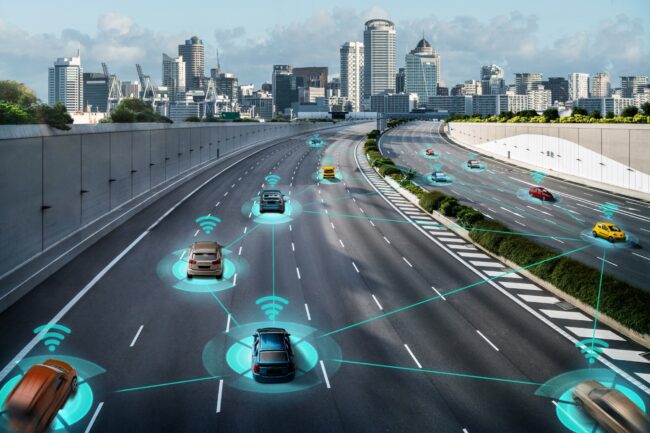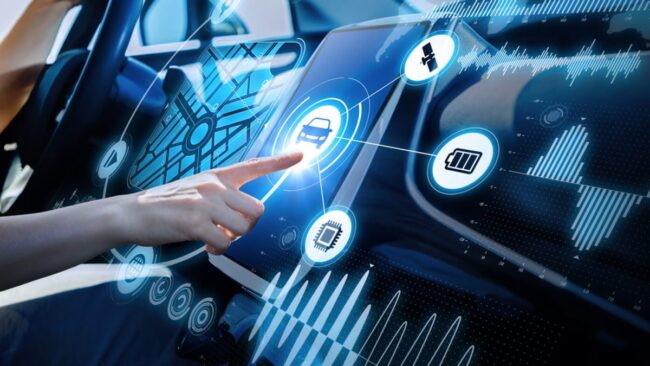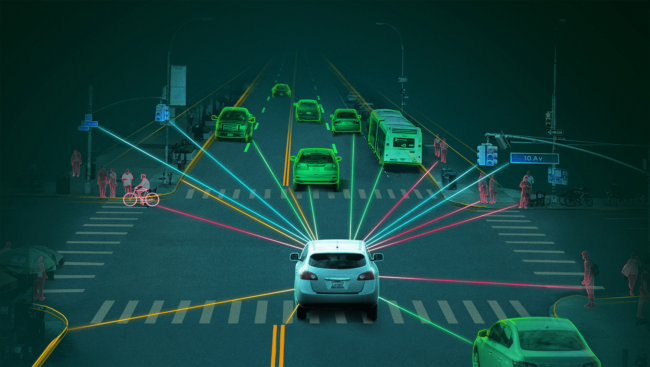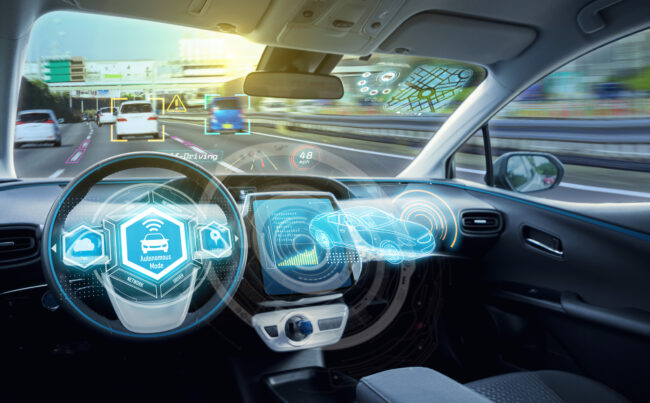In the modern world, technology has made everything smart. Smartphones, smart cities, smart gadgets, you name it, everything is becoming smarter. So, why should cars be left behind? The Internet of Things (IoT) has made everything fairly easy. From our smartwatches to smartphones and cars, it has made everything connected.
We’re on a mission to explore how ordinary cars can become supercars when they’re connected to the internet. We’ll see how the internet can altogether change or modify a car’s functionality. So, without further ado, let’s get started.
Real-Time Traffic Analysis

Ever wondered if you’ll meet traffic on a route? Or you met traffic and wondered in vain that you should have taken a different route? If yes, don’t worry anymore because the internet can provide you with real-time traffic updates.
The million-dollar question is “How”?
Simply with the help of IoT devices. Now, IoT devices connected to cars can access their real-time location, speed, and direction. Based on the data, IoT devices can suggest to you what route to take to avoid any traffic.
A real-time example is global positioning system (GPS). You’re aware of the Google Maps, right? Well, if you look at Google Maps, it not only shows directions, it tells you at what speed you’re traveling. Moreover, you can see if the route is blocked or how many traffic signals you’ll encounter. Also, the estimated time of arrival (ETA) can be known using Google Maps.
So, assisted by GPS, vehicles have become much more sophisticated than before.
Seems cool, right? Well, hold on because that’s not the only benefit.
Maintenance

Some cars don’t have this feature; however, most electric vehicles (EVs) are incorporated with such technology. We’ve all been at a stage where we didn’t know what was wrong with our cars. We’d take our vehicles to workshops, only for the problem to pop up again after a month.
However, with the help of tech and the internet, now our car can tell us what’s wrong. Yes, you heard it right. Many companies such as Tesla are manufacturing smart vehicles. These cars can diagnose the problem. Once detected, they can notify the owner about the problem. So, there’s no need to open the engine if it’s the axle that’s making the noises.
For example, sometimes the air pressure feels low in one of the tires. However, we’re in a conundrum in such situations. Here, we can check the air pressure manually or let the car tell itself to locate which tell is running low on air pressure. Now, using the infotainment screens, cars can notify you if any of the tires lack air pressure.
Autonomous Driving
You may have heard about self-driving cars. But do you know how they work? Such cars have sensors all around the car’s body. These sensors actively sense the surroundings. Depending upon the data received, the car changes its lane, maintains the speed, and the brakes when needed.
The autonomous driving feature has revolutionized the automotive industry. Mostly found in EVs, many automotive companies are now focused on producing EVs.
However, there’s a prerequisite to avail of such exceptional services. A high-speed and quality internet connection is required to take advantage of such features. Make sure to have a connection that’s available every day, every time, and anywhere.
For recommendations, go for Cox because of its all-round performance, and millions of free hotspot zones, that too, without any additional cost. So, to get the best out of your vehicle, visit Cox’s website today. Also, Spanish customers can connect to Cox for Spanish customer support.

Self-driving cars are a reality now. However, there’s much emphasis on their safety. A few automotive manufacturers have autonomous vehicles. Simply because it’s an advanced feature that needs to be tested again and again. Also, doesn’t matter how good the sensors are, errors can erupt at any time.
So, most companies are hesitant about this idea. But for those who had taken a leap of faith with autonomous vehicles, they’re reaping its fruits.
Also, in the coming years, self-driving vehicles will become a common thing. As time passes, tech is going to get more advanced and stronger. So, there’s a high possibility to see more self-driving cars on roads in the future.
Infotainment Screens
Back in the day, the infotainment screens were not smart. They catered to the needs, but as the technology expanded, so did the practicality of the infotainment screens.
Now, from maintenance to opening doors, infotainment screens have become highly functional. In short, the infotainment screens can do more than you can imagine.
The prime example is Tesla. Tesla’s cars come with a wide infotainment screen. These panels are so interactive that users can adjust temperature, check tire pressure, open/close doors, detect technical problems, and perform different functions. However, such features only work when connected to a connection with a greater bandwidth.
Safety Features

The IoT finds some applications in making vehicles safe and secure via connected sensors that observe the surroundings. Sometimes, the drivers fail to analyze the situation. However, sensors rarely make faulty judgments. These sensors can apply breaks in an instant if you’re headed for a collision.
Other than this, most cars have ample airbags to secure the inside of the car. These airbags are also connected to sensors. Once the sensor detects any anomaly, it instantly triggers the airbags, leaving no room for ifs and buts.
Also, most EVs have V2V (vehicle-to-vehicle) integration technology. With it, vehicles on the road are connected. So, they’re aware of each other, which lessens the chance of any mishappen on the road.
Moreover, the latest technology that is creating waves in the EV industry is V2G (vehicle-to-grid). This technology enables the EVs to draw power directly from the grid when running low on charging. Similarly, EVs can transfer power to the grid as well.
Bottom Line
The future of vehicles is as bright as the sun. With each leap in technology, the automotive industry can take full advantage and make vehicles more interactive than ever.




